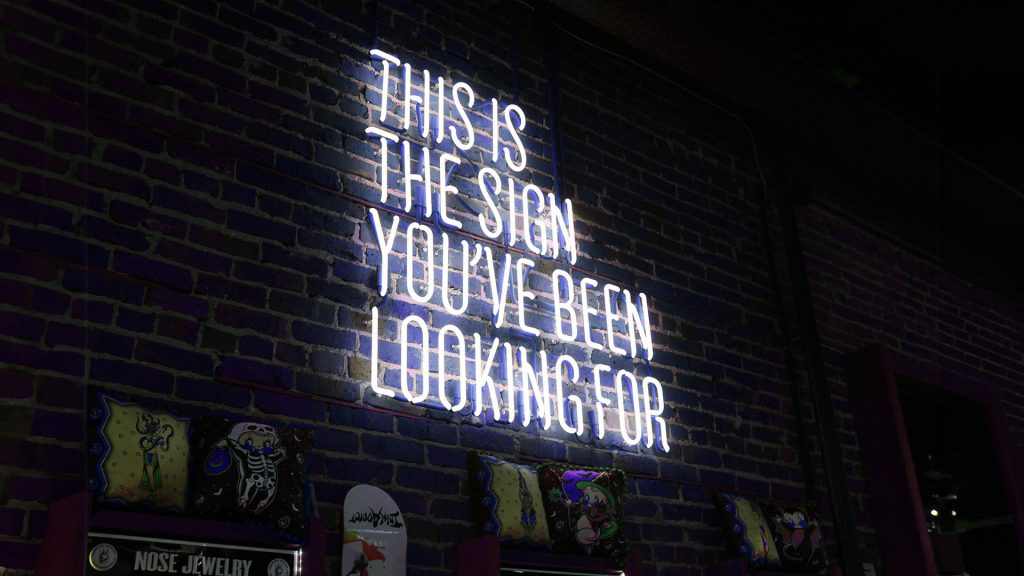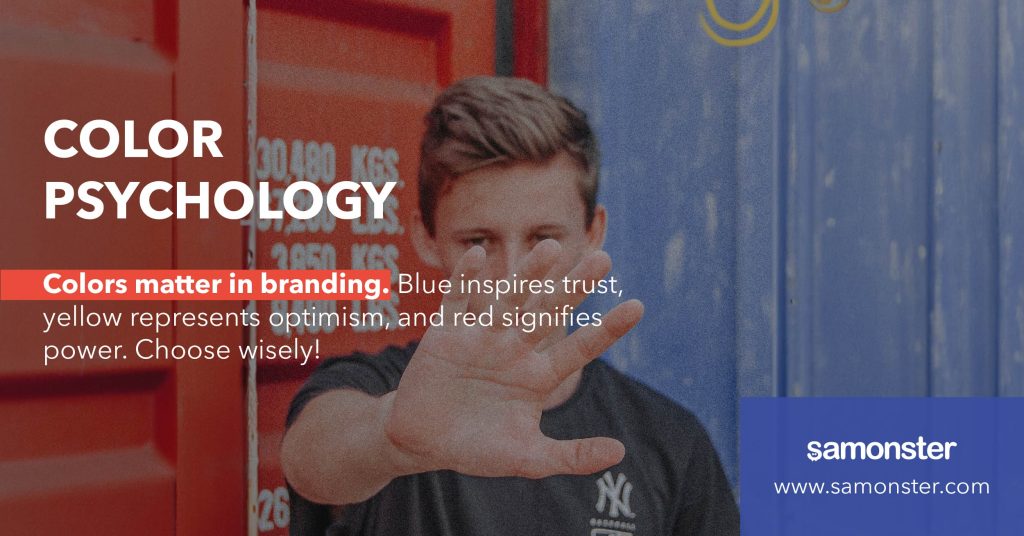color psychology
How color impacts your branding
When discussing branding, every choice matters. Every element plays a crucial role in shaping your brand’s identity. Among these elements, color is one of the most important communicator. Understanding color psychology can strengthen your brand.
Color psychology shapes perceptions, and leaves an impact – making it an essential tool in branding
The Language of Color Psychology
Color psychology has emotional and psychological effects on human behavior and perception. It’s the art of using color strategically to bring specific feelings and share messages. Here’s a quick summary into color psychology:
Red
Passion and Energy
Red is a fiery color that demands attention. It represents passion, energy, and excitement. Brands like Coca-Cola and Netflix use red to bring a sense of urgency or excitement in their audience.

blue
trust and reliability
Blue is a techy color that shows trustworthiness and reliability. Many tech companies, including IBM and Facebook, use blue in their branding to promote confidence in their products.

green
growth and health
Green is an earthy color associated with nature, growth, and health. Brands like Whole Foods and Starbucks use green to connect with environmentally-conscious consumers or induce a sense of well-being.

yellow
optimism and clarity
Yellow is a joyful color that exudes optimism and clarity. Brands like McDonald’s and IKEA use yellow to create a cheerful image, making customers feel welcomed.

purple
luxury and creativity
Purple signifies luxury, creativity, and sophistication. Brands like Cadbury and Hallmark use purple to position themselves as premium choices in their respective industries.

Impact on Branding
So, how do these color choices impact your brand?
- Creating a Memorable Identity: Consistency in color choices helps in brand recognition. When customers consistently associate your brand with specific colors, it becomes ingrained in their memory.
- bringing Emotions: Colors can influence the emotional response of people. Choosing the right colors can make your brand more relatable, trustworthy, or exciting, depending on your goal.
- Targeting the Right Audience: Different demographics have different color preferences. Understanding different culture’s color psychology can help you take the right decisions that resonate with them.
- Differentiation: unique color choices can set you apart. A distinctive color palette can make your brand recognizable.
- Consistency and Trust: consistent use of color across all brand materials brings a sense of trust and reliability. It shows people that your brand is dependable and professional.

Practical Tips
Here are some practical tips for applying color psychology in your brand:
- Research Your Audience: Understand your target demographic’s preferences and their emotional.
- Consider Industry Norms: While you should aim to stand out, it’s important to consider industry norms. Certain colors are associated with specific industries for a reason.
- Test and Iterate: Don’t be afraid to experiment with different color combinations and gather feedback. Your branding can evolve over time.
- Maintain Consistency: Once you’ve established your brand’s color palette, stick with it across all materials, from logos to marketing collateral.

Conclusion
Color isn’t just an aesthetic choice; it’s a strategic decision that says a lot about your brand’s identity. Use the principles of color psychology to create a brand that resonates with people and stands. Remember that you’re not just choosing hues; you’re creating a language that tells your brand’s story.